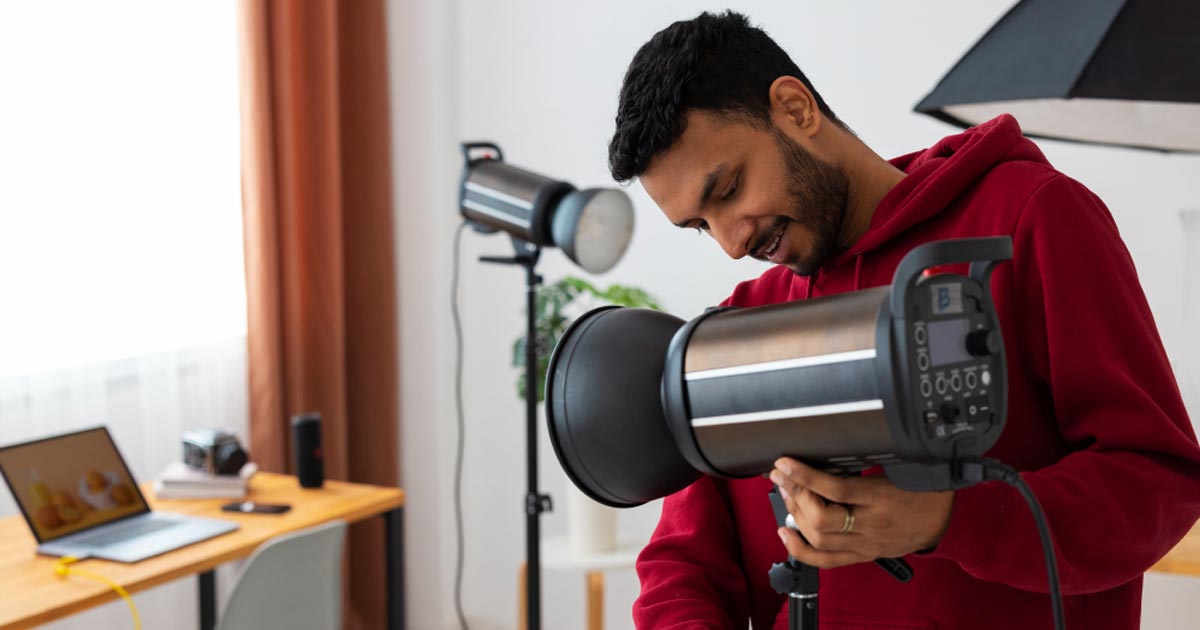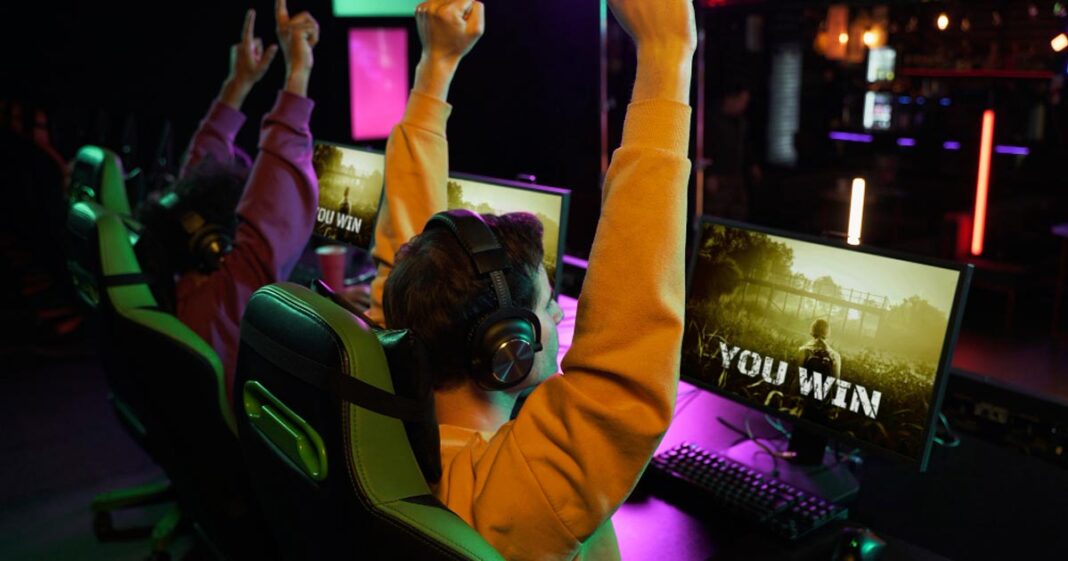
In today’s content-driven world, the power of the media is stronger than ever. Journalism and mass communication aren’t just professions anymore—they’re platforms for influence, change, and creativity. If you’re passionate about storytelling, current affairs, or digital media, pursuing a career in journalism could be your true calling. But your journey begins by choosing the right mass communication college.
🎓 What Is the BJMC Course All About?
The Bachelor of Journalism and Mass Communication (BJMC) is a 3-year undergraduate program that teaches students how to communicate with the masses through various mediums—print, radio, television, and digital platforms. Popular across India, this program includes subjects like:
- Media Laws & Ethics
- Public Relations & Advertising
- TV and Radio Journalism
- Digital Media Production
- News Reporting & Writing
Whether you’re aiming to become a news anchor, content creator, or PR strategist, a well-structured BJMC course equips you with both technical and communication skills.
🏫 How to Take Admission into a Mass Communication College?
The admission process depends on the type of college or university:
- CUET-Based Admission (for Central Universities like DU, BHU)
- Register online at cuet.samarth.ac.in
- Appear for the entrance test (CUET-UG)
- Apply through the university’s admission portal
- Get shortlisted based on scores
- Complete document verification and pay the fees
- University-Level Entrance Tests
- Examples: IPU CET (for GGSIPU), JMI Entrance (for Jamia), SET (Symbiosis)
- Register on the official university website
- Appear for the exam and counseling rounds
- Direct Admission (No CUET)
Many private institutes offer admission based on your Class 12 marks or conduct interviews/personal assessments.
✍️ Documents Needed: Class 10 & 12 marksheets, ID proof, passport photos, entrance scorecard (if any), and caste/EWS certificate (if applicable).
🌐 Online Application Process – What to Expect
The entire admission process has gone digital across most universities and colleges:
✅ Fill out the application form online
✅ Upload scanned copies of your documents
✅ Pay application fees via UPI/card/net banking
✅ Track your application status via email or dashboard
✅ Attend interviews or entrance tests online (if required)
✅ Finalize your admission by paying fees and confirming your seat
This digital process is convenient and time-saving, especially for outstation students.
❓ Can You Get Admission Without CUET?
Yes! While CUET is essential for top central universities like Delhi University, many reputed institutes offer mass communication courses without CUET.
Here are your options:
🔹 State Universities with Own Tests or Direct Entry:
- IP University (Delhi) – Via IPU-CET
- Jamia Millia Islamia – Separate entrance exam
- Mumbai University – Based on 12th merit
- MAKAUT (Kolkata) – Direct or state-level tests
🔹 Private Institutions (Direct Admission / Own Entrance)
| Institute | Location | Mode of Admission |
| Amity University | Noida, Mumbai, Jaipur | Direct / Interview |
| Symbiosis (SIMC) | Pune | SET Entrance |
| AAFT | Noida | Direct |
| JIMS | Delhi, Noida | Entrance + Interview |
| NRAI School of Mass Communication | Delhi | Direct |
These colleges often provide hands-on learning, in-house studios, internships, and placement support—making them strong contenders despite not requiring CUET.
🏙️ Should You Study in a Media Hub City?
Cities like Delhi, Mumbai, Pune, Bengaluru, and Kolkata are considered India’s media capitals. Studying in these cities gives you real exposure to:
- Leading news networks like Aaj Tak, NDTV, Times Now
- PR & ad agencies like Ogilvy, Dentsu, and Edelman
- Internships at digital media companies, production houses, and OTT platforms
If you join a mass communication college in Delhi or Mumbai, you’ll be close to industry action—improving your chances of hands-on experience and better job opportunities.
📘 Best Journalism Colleges in Delhi
If you’re aiming for quality and recognition, here are some of the best journalism colleges in Delhi:
✅ Top Government Colleges:
- Lady Shri Ram College (DU)
- Kamala Nehru College (DU)
- Delhi College of Arts and Commerce (DU)
- Jamia Millia Islamia – Mass Media UG Program
- GGSIPU – BJMC course at various affiliated colleges
✅ Reputed Private Colleges:
- Amity University, Noida
- JIMS, Rohini and Vasant Kunj
- AAFT, Noida
- NRAI School of Mass Communication
🧠 How to Prepare for Journalism Entrance Exams
Many institutes conduct entrance exams to shortlist students. Here’s how to crack them:
✍️ Subjects to Focus On:
- English Comprehension & Grammar
- Logical Reasoning & Aptitude
- General Knowledge & Current Affairs
- Media Awareness (basics of journalism, advertising, etc.)
📌 Tips & Tricks:
- Read newspapers daily (The Hindu, Indian Express)
- Practice mock tests and previous year papers
- Follow YouTube channels and online GK quizzes
- Work on your vocabulary and writing skills
- Stay updated with national and international headlines
Pro Tip: Create a study schedule and practice at least 1 hour daily for 30–45 days before the exam.
✨ Final Thoughts
The media industry in India is expanding rapidly. With the rise of digital platforms, OTT content, and influencer marketing, new-age journalists are not just reporters—they’re storytellers, creators, and communicators.
Choosing the right mass communication college, understanding your career direction, and preparing smartly can lead you to a fulfilling media career. Whether through CUET or direct admission, whether you study in Delhi or Pune, what matters most is your passion and your skills.
If you’re dreaming of telling stories that matter, influencing public opinion, or becoming a media face—your journey starts here. So pick the right mass communication course, start preparing early, and make your mark.





